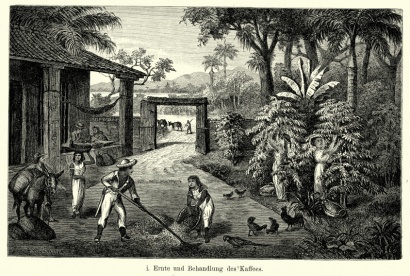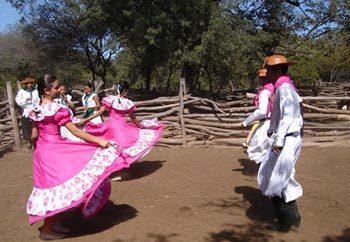 The urban settlements that began to emerge in Europe with the commercial opening that took place at the end of the Middle Ages is known as a borough. These boroughs were initially small villages that, as they grew in size and population, began to develop and increase the number of their buildings and services. The medieval towns are those that would later give rise to the typical cities of the Modern Era.
The urban settlements that began to emerge in Europe with the commercial opening that took place at the end of the Middle Ages is known as a borough. These boroughs were initially small villages that, as they grew in size and population, began to develop and increase the number of their buildings and services. The medieval towns are those that would later give rise to the typical cities of the Modern Era.
Because in most of the Middle Ages Europe was characterized by developing almost exclusively agricultural activities, the cities that had been developed by the Roman Empire lost strength and disappeared when abandoned. However, already in the thirteenth and fourteenth centuries the closure to trade began to lose its significance and slowly small urban centers began to emerge. These urban centers were outside the space of the feudal lordship and were characterized by receiving agricultural products that were produced in the area to sell them to buyers from other places. In this way, what was initially a small village ended up becoming a different and much more active settlement than the feudal lordship.
Medieval villages were very small compared to what would later become modern cities. This is so since its growth was very progressive. At first they were only centers for the reception of goods, but later buildings such as permanent houses, businesses and temples were added for the people who lived in them. Normally, the medieval town was protected and delimited by ramparts or high-rise walls. Many times the boroughs could be created next to or near a medieval castle.
In general, in the borough those people who had professions that were not related to agriculture settled, such as artisans, merchants, religious of various kinds, administrators, etc. Slowly, they also needed to have officials in charge of their governance.









